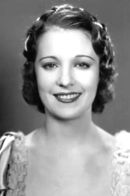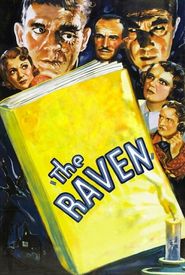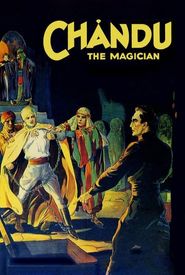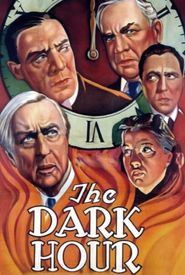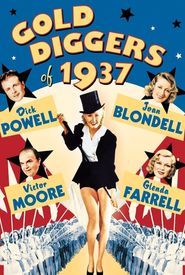Irene Ware, a blonde beauty queen of Swedish/Austrian ancestry, was born Irene Ahlberg in Pelham, New York. She initially pursued a career as a stenographer before discovering her passion for the entertainment industry. At the age of 18, she won second place in an International Beauty Contest, the $1000 prize money serving as a catalyst for her entry into show business.
Irene's early success led her to join the ensemble of Earl Carroll's Sketchbook on Broadway, where she eventually replaced Lillian Roth as the top-billed performer in the 1930 edition of the "Vanities". Her talent, charisma, and sex appeal made her a standout, and she soon signed a two-year contract with Fox, changing her surname to Ware.
In her second Hollywood outing, Irene was cast as the female lead in Chandu the Magician (1932),opposite Edmund Lowe and Bela Lugosi. While the film received negative reviews, Irene's performance was praised by critics for its unaffected nature, with The New York Times calling her "a charming juvenile".
However, Irene's subsequent roles with Fox were largely unremarkable, consisting of secondary leads in poor films or brief, uncredited appearances in average ones. When her contract expired in 1934, she signed with Universal, but her career continued to stagnate. Her most notable role during this period was in The Raven (1935),where she played a dancer obsessed with a maniacal surgeon, opposite Bela Lugosi once again.
Irene's performance in The Raven was one of the few redeeming qualities of the film, and her character, Jean Thatcher, was praised for being less helpless and fragile than typical heroines of the genre. Unfortunately, The Raven marked the end of Irene's career, and she went on to appear in B-movies with Poverty Row studios like Monogram and Invincible. In 1940, Irene Ware retired from acting and faded into obscurity, her career ultimately ending in relative obscurity.
